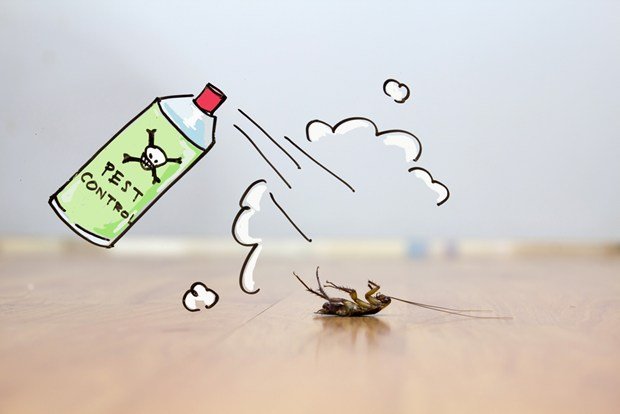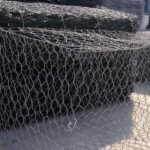Can you guess how many insects are on our planet? It’s 10 quintillion (10,000,000,000,000,000,000). That’s right! To give you a bit of perspective, that’s over 1 billion insects to a human. Thankfully, we don’t have a billion insects chasing each of us.
But that’s not to say insects aren’t problematic. They can be! Several insects like bees and wasps can sting and bite. Some like beetles and grasshoppers can devastate plants on farms and gardens. Many others like mosquitoes, flies, and bedbugs can spread diseases. Termites will chew on wooden frames, thereby weakening the structural integrity of buildings.
As temperatures begin to rise, you can expect an increase in the activity of insects as they emerge in search of food and water. So what can you do to keep them out of your home and yard?
Let’s examine some tips.
-
Seal up cracks and openings.
Let’s face it, if there are insects inside your house, they didn’t magically appear there. Either the insects themselves or their mothers gained entrance through an opening. So what can you do to avoid that?
First off, inspect doors and windows for tiny openings. But more than that, inspect your entire exterior for other crevices, gaps, and cracks. Check for loose siding, foundation cracks, gaps around utility pipes, missing roof shingles, and more.
Once you’ve located such holes, seal them up with coarse steel wool or copper mesh. Do not use caulk for sealing as many pests can chew through it.
Finally, do not open your doors or windows indiscriminately because that’s an open invitation to insects
-
Cut access to food
Here’s the thing: several insects are primarily attracted to food. Flies, ants, and cockroaches feed on food crumbs on dirty dishes, as well as other dead insects. Here are some ways you can limit access to food:
- Ensure you wash your dishes immediately after you’re done.
- Clean up your pet bowl once your pet is done eating.
- Sweep away food crumbs from the floor after you eat.
- Clear seed crumbs from underneath your bird feeder.
- Store your foodstuff in air-tight containers.
- Dispose of trash properly. Make use of air-tight trash cans to deny insects access to food.

-
Keep your surroundings dry.
Bugs love damp areas because they need to draw life-sustaining moisture from their surroundings. What’s more, damp areas serve as ideal breeding sites, especially for small flies. That’s why you need to keep your home and property dry.
- Start by ensuring your sink and floor drains aren’t accumulating moist gunk and debris.
- Clean all the drains in your house.
- Do not allow stagnant water on your property. In case you don’t know, stagnant water is the perfect place for mosquitoes to lay their eggs.
- Fix leaky pipes and faucets.
- Ensure your air conditioner, washing machine, and dryer are working properly.
-
Keep your yard and home clean.
Insects love dirt. To keep them away, ensure your house is clean at all times. Here are some tips to bear in mind:
- Clear off leftovers promptly.
- Since compost bins, firewood stacks, and yard wastes are good hiding spots for insects, try to move these things far away from the house.
- Clear debris away from your yard.
- Trim tree branches that are too close to your windows or roof as they can serve as bridges for insects to get in.
-
Repel and Kill Them!
Natural repellents like lavender oil, cinnamon oil, peppermint, and eucalyptus can be used to repel bugs. But note that repellents are not 100% effective.
Insects are tiny creatures. That’s precisely why they’re difficult to control. So do not be surprised if you still find insects in your home or yard after taking the necessary precautions.
What you can do is to kill the ones you find. Pest control professionals can help you manage more serious infestation problems like bed bugs or termites.
Finally, do well to visit pestcontroloh.com to learn more about insects.






